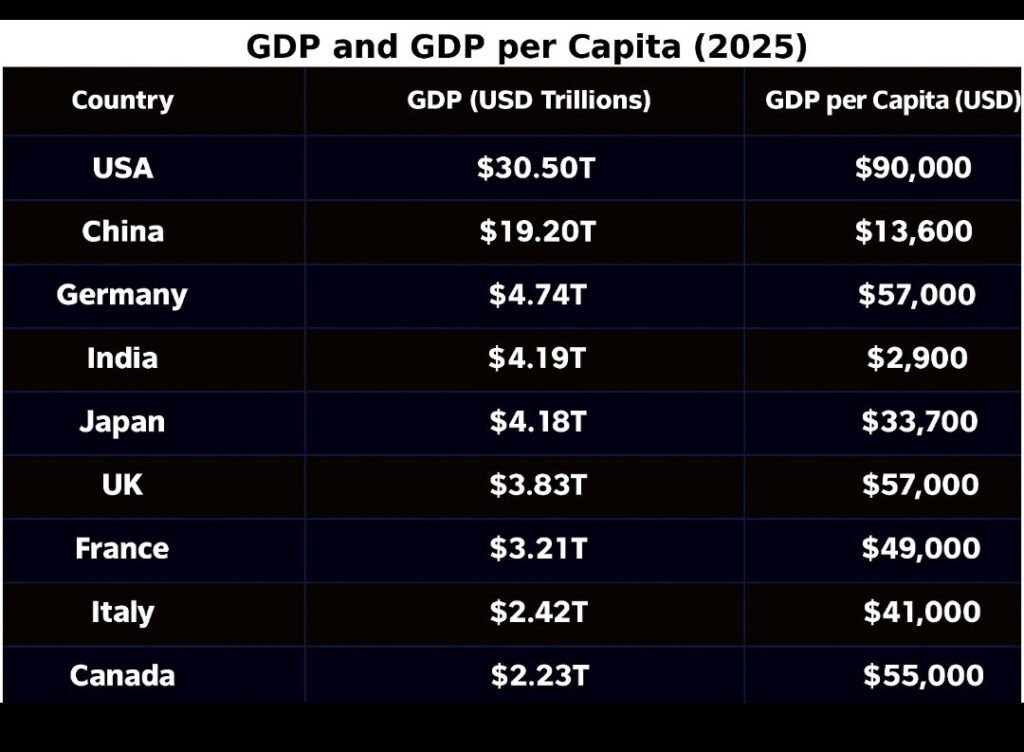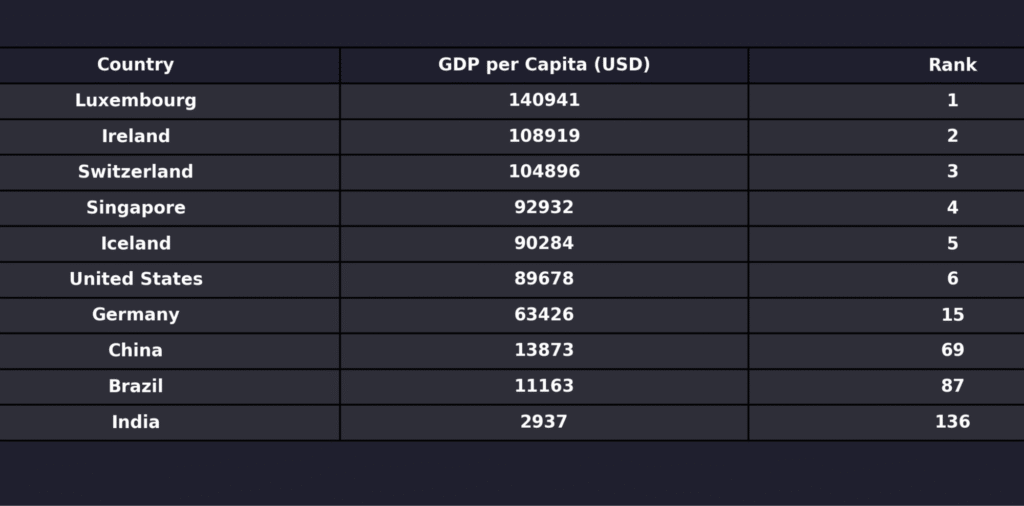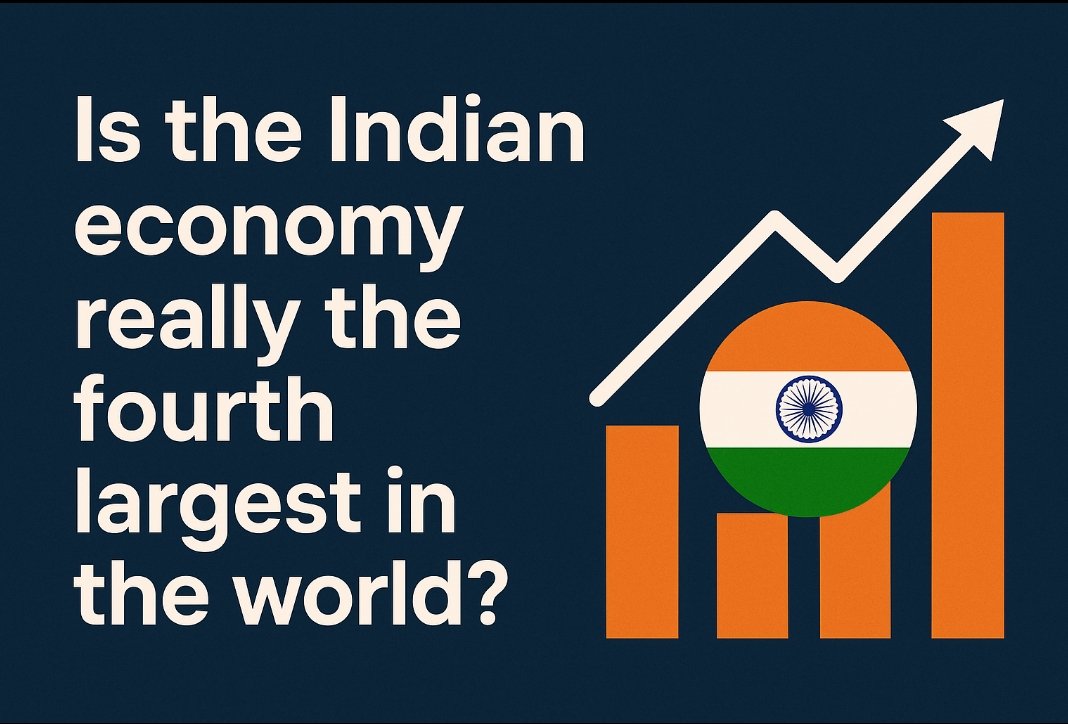By now, India will become the fourth largest economy of the world by 2025, leaving behind Italy, France, Britain or Japan. But has India really left behind developed countries in other areas as well? The answer is no. The reason is that India is a developing country while Japan, France and Britain are developed countries.
India is a developing country and it is the 4th largest economy in the world but India is lagging behind due to main reasons.
1.GDP per capita:

The GDP per capita of developing countries is less than that of developed countries. This is because there is a population explosion in developing countries which has a very bad effect on the resources there. India ranks 136th in the world ranking in terms of GDP per capita because India’s population is very high.
GDP per capita = GDP / Population

2. Being a democratic country:
India is a democratic country where there is a lot of debate and delay in the decisions of the governments which creates a lot of hindrance in the development of the country.
3. Weakness in the field of construction:
The Industrial revolution has been delayed in India as other countries have gone way ahead and Indians have become mere consumers. China has gone way ahead in the field of construction. Due to the poor banking system and high interest rate on loans, people have been left far behind in the field of business and construction. India needs a lot of improvement in essential facilities like railways, roads and ports.
4. Social disorganization:
Problems like social inequality, casteism, linguistic and regionalism are prevalent in India which are a big obstacle in the development of India. Instead of eliminating these problems in India, some people promote them for political gain. Due to these reasons, the problem of corruption is prevalent in India.
5. Lack of education and skill development:
People in India are educated but their skill development is lacking due to which the problem of unemployment is prevalent. There should be adequate arrangement of skill development centers in rural and urban areas for skill development of people.
6. Inequality in the field of income:
In India, only a few people have control over any sector or market and because of this, the rest of the population has to live on a low income as the majority of the income is concentrated in the hands of a few people. Since the consumers have fewer options, the companies earn maximum profit by keeping arbitrary prices.

